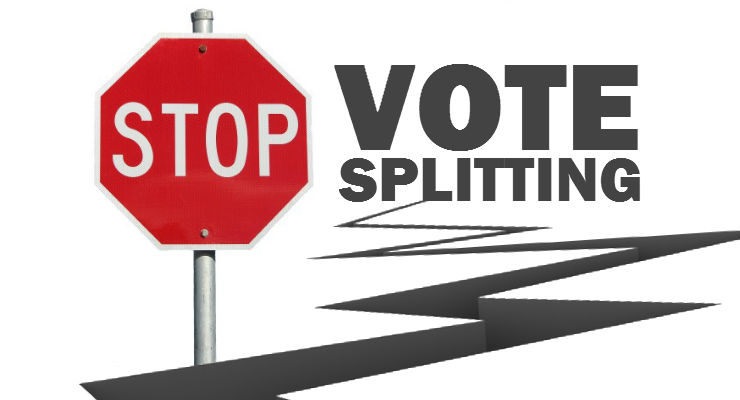
South Dakota may hold a referendum on starting a top-two election system like California has. The recent article titled “South Dakota Supporters of Top-Two Will Attempt to Qualify an Initiative for Top-Two in 2018” was posted on Ballot Access News by Richard Winger. Take a look:
South Dakota supporters of top-two systems will try to qualify an initiative in 2018 for their system. See this story. The story is erroneous when it says that Louisiana has a top-two system. Louisiana had a top-two system from 1975 through 1997, but after the Louisiana version of top-two was declared to violate federal law (in the US Supreme Court decision Foster v Love), Louisiana abolished primaries and only has general elections in November (for Congress) and a run-off in December if no one gets 50%. Thanks to Mike Drucker for this news.
According to the article by reporter Dana Ferguson on Argus Leader:
Under the proposal, candidates for governor, state Legislature, U.S. Senate and House of Representatives would be listed on one primary ballot regardless of party affiliation. All voters would be eligible to cast ballots in the primary election and the top two vote recipients in each race, regardless of party, would move on to the general election. That means two Republicans or two Democrats could compete against one another in the general election.
Here is some more on top-two voting systems from the Independent Voter Project:
The Top-Two primary fundamentally changes the traditional approach to elections. Under a traditional primary system, whether the primary is “open,” “closed,” “semi-closed,” or any other iteration, the PURPOSE of the primary election is for political parties to choose which candidate best represents THEM.
Then, after the primary, voters participate in the general election and choose from the field of candidates predetermined by the political parties. Under a nonpartisan Top-Two system, instead of having separate primaries for each political party, there is one single primary. All candidates, voters, and political parties participate on the same ballot, and the rules are the same for everyone. Unlike a traditional system, the PURPOSE of the primary is to narrow the candidate field to the “top-two” candidates who best represent ALL OF US, regardless of the candidate or voter’s party affiliations.
Leave a Reply